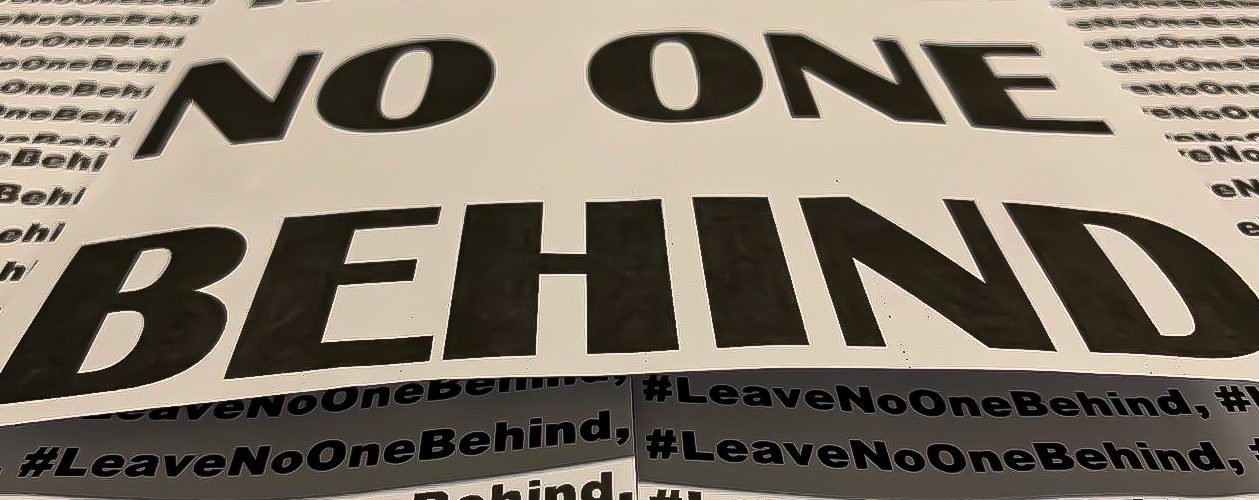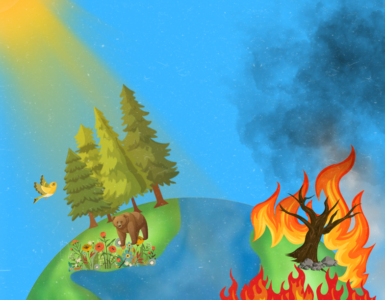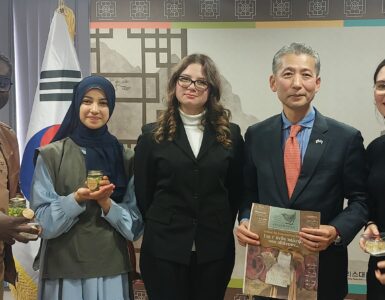By David Ruf
Worn out shoes, pants full of holes and exhausted faces. Big streams of people walking for days, not often weeks, full of hope for a better future in a new country.
Everybody following the news has seen these pictures and the suffering. Old, as well as young people, women as well as men, strong as well as weak people flee their country on a daily basis, trying to escape from whatever trauma they have experienced in the past.
While these pictures and articles are shocking and under no circumstances should be neglected, often in the common media the people still living in lethal war zones are overlooked. There the situation is in no way better. People fearing for their life everyday, even and especially children very often not having an adequate childhood, nor a promising future: In the end of 2021 the number of children living in these kinds of situations was higher than it has ever been in the last 20 years. According to an article published by the United Nations, about 450 million children have to suffer in conflict zones with as much as no protection of their rights and their well – being, praying everyday for a better future and more ensurance regarding their basic needs. The right to be protected in war, which is one of the 42 children’s rights, can more often not be ensured than it actually fulfills its purpose.
The consequential issue is that because many different crucial rights of children go hand in hand, the children spending their childhood in conflict zones have countless rights they are being deprived of. The rights protecting them from child work and sexual abuse, as well as the right supposed to create an access to education are often just theoretical standards, which simply cannot be met in ongoing conflicts.
With that in mind, the United Nations, in cooperation with Unicef, was looking for a possibility to better report what harm children actually have to experience from specific parties or military groups in specific conflicts and came up with the so called “Six Grave Violations”. They can basically be understood as the core of the 42 children’s rights, representing the most important ones: Killing and maiming of children, recruitment or use of children as soldiers, sexual violence against children, abduction of children, attacks against schools or hospitals and denial of humanitarian access for children.
The first goal of these Six Grave Violations was to make it easier for NGOs to deduct research and find out, if children in lethal war zones are being violated fundamentally. Unfortunately, the reports written were shocking. Over the last 16 years, over 270.000 cases of grave violations could be identified. These, however, are only the cases verified by the UN, the true figures will be immensely higher. Also, it is important to understand, that these 270.000 cases are cases, where ALL of the above explained violations are in fact violated, not only one or two.
The second goal of the Six Grave Violations directly corresponds with these shocking numbers: Making help more accessible and bettering a way to end these kinds of crimes against humanity, which of course is a good starting point, but at the same time is just a little step being part of a way bigger picture.
People and especially children who are still living in war areas need be guaranteed that they can count on their rights. If that is not possible, at least they should be able to count on help trying to uphold their rights in times of conflict. More fundamental problems and
circumstances need to be addressed and moreover changed, in order to end these kinds of violations, end this extreme inequality and make life worth living for everybody.
Article 38/CRC: States Parties undertake to respect and to ensure respect for rules of international humanitarian law applicable to them in armed conflicts which are relevant to the child.2. States Parties shall take all feasible measures to ensure that persons who have not attained the age of fifteen years do not take a direct part in hostilities.









Add comment